Sealcoating Information
This page is to help ensure all of our customers have the best sealcoating experience possible.
FAQ
How often should I sealcoat my asphalt?
2-3 years
How long should I keep off of my newly sealed driveway?
Minimum of 24 hrs after completion. We recommend 2-3 days. If you are able to stay off for a few extra days, it will help to mitigate power steering marks.
How long until I can walk on the driveway or let pets on it?
Varies due to sun exposure and temperatures. Customers can usually see when the driveway is completely dry. It can vary between 1 hr - 5+ hrs. If a pet or person walks on the surface and tracks sealer onto concrete/into house it can be VERY hard to remove. We recommend taking your shoes off before you enter your house if you are unsure.
Owner's Responsibilities
Wet Sealer: Customer will be responsible for keeping people and animals off of the wet sealer. We will be sure to put up string and ribbon/cones to deter any vehicles from driving on the asphalt. We are unable to stop people or pets from stepping on the sealer. If a person or animal tracks sealer on concrete or into house/business, we can not be held responsible.
Clearing Asphalt: When preparing for our work, please ensure that there is a minimum of one car width on both sides of the entrance to your driveway for our machine to back in. Additionally, to prevent any overspray or accumulation of dirt or dust on your vehicle, we request that all vehicles be a minimum of 10 feet away from the asphalt work area.
Please note that it is essential to have all vehicles, people, and objects removed from the work area no later than 7:00 am, unless otherwise agreed. This applies to both driveway and parking lot projects. Our project costs are based on the assumption that the work area will be clear, and any delay caused by vehicles or objects in the way may result in additional costs for time and mobilization. We appreciate your cooperation in ensuring a smooth and timely project completion.
Lawn Fertilization: should not be installed within 30 days before or after service.
Rain: If it's raining the day of scheduled service, assume we aren't coming, and we will contact you to reschedule as soon as possible. If it rains after our installation, please contact us as soon as possible. We monitor the weather closely and can generally predict this very well. If an unexpected storm happens, we will touch up any areas where sealer has not bonded.
Sprinklers: should be off 24 hours prior until 48 hours after service. Avoid lawn cutting during this same period. The surface must be dry for our arrival. Areas where the newly sealed pavement is wet may wear prematurely.
Site Services: The property owner is responsible to notify all landscapers and garbage companies to not show on the area of work the day we are performing work. In the event of a reschedule due to unforeseen conditions (weather/rain), you are required to let all service providers know about the change.
Sealer: Sealer will take a minimum of 30 days to fully cure and is sensitive to animal droppings, tree droppings; water stains from irrigation systems, ponding water & tire markings during this time. This is normal and no reason to be concerned, it will fade over time. Areas of shade will take longer to dry and cure then areas in the direct sunlight.
Driving on Surface: Once you start driving on sealed surface, avoid turning your wheels unless your car is moving. We understand this may be difficult to do but understand that when wheels are turned on a freshly sealed parking lot, scuffing and turn marks will be evident. No worries, in time they will blend in with surrounding surface.
White Chalk Residue in Crack Areas: When sealcoating parking lots/driveways with significant underwater issues a white residue that looks like salt may appear in the areas of cracks through the parking lot. This is a condition where the base material of limestone is drawn to the top of the surface. Since the surface is a dark black, this will be far more evident for a period. It will fade and eventually disappear.
Weeds/Debris: We would like to remind you that our proposal is based on the conditions we observed during our initial assessment. If there have been any changes such as excessive weeds, dirt, oil or other types of residue on your parking area since our assessment, please notify us as soon as possible.
There may be additional costs for treatment and removal. If we notice a significant difference from our initial assessment, we will inform you of any price increase before proceeding with the work.
Alligator Cracks & Discoloration
This is not a problem on newly paved driveways/driveways that are in good shape. These problems exist mainly on areas that need repaired or driveways/parking lots that should be paved in lieu of sealcoating.
Alligator cracks are distinctive cracks that resemble the skin of an alligator or a cracked egg. They are a sign of asphalt failure and cannot be effectively addressed through the application of sealer. The only permanent solution is to remove the affected area, inspect the base, make necessary repairs, and reinstall asphalt.
After sealcoating, it is common to see discoloration in areas with cracks due to water coming up through the pavement. This is beyond our control, and the best solution is to repair any damaged areas prior to sealcoating to prevent discoloration.
BROWSE OUR WEBSITE
CONTACT INFORMATION
Location: 217 Luxor Rd. Latrobe Pa 15650
Phone: (724) 832-8451
Fax: (724) 832-8451
Email: brantsasphalt@comcast.net
OUR LOCATION
All Rights Reserved | Brant's Asphalt LLC | HIC# PA 000636 | Website Designed by Blue Crocus Solutions
